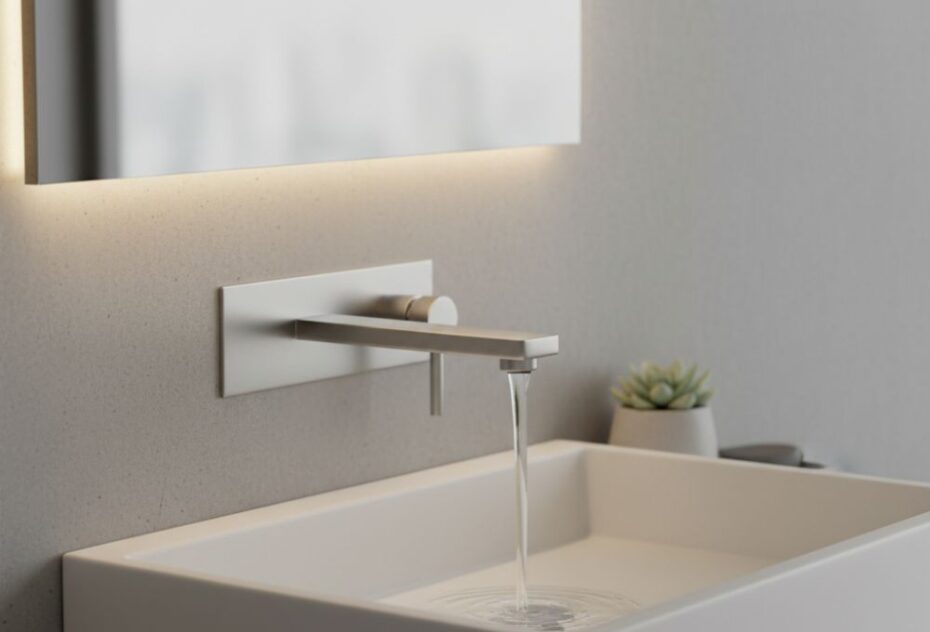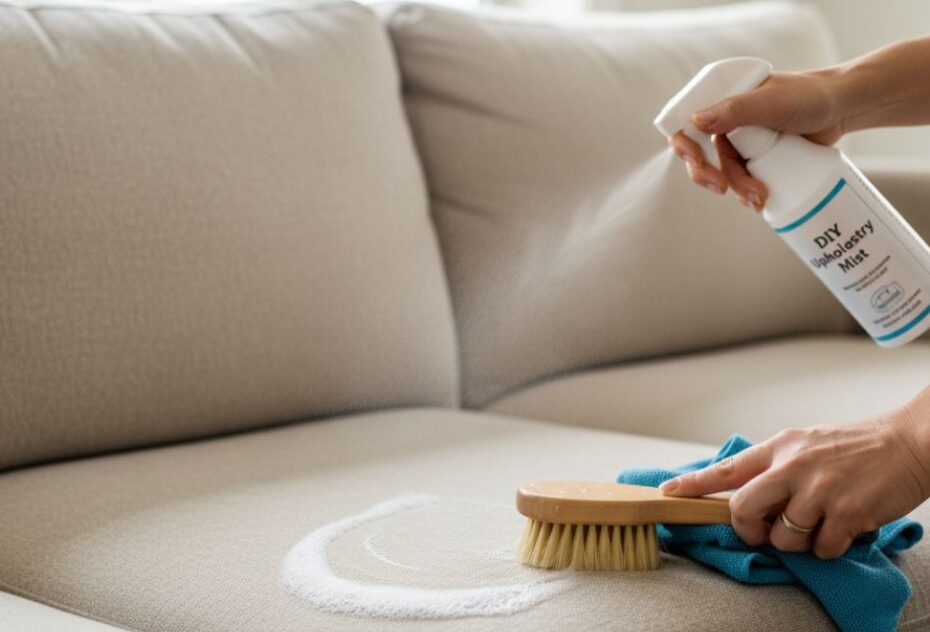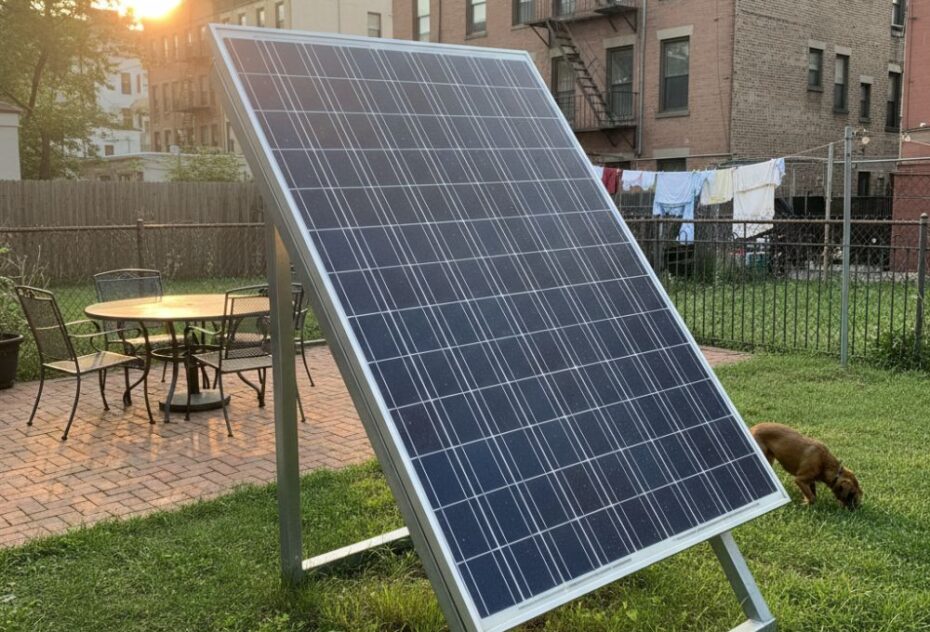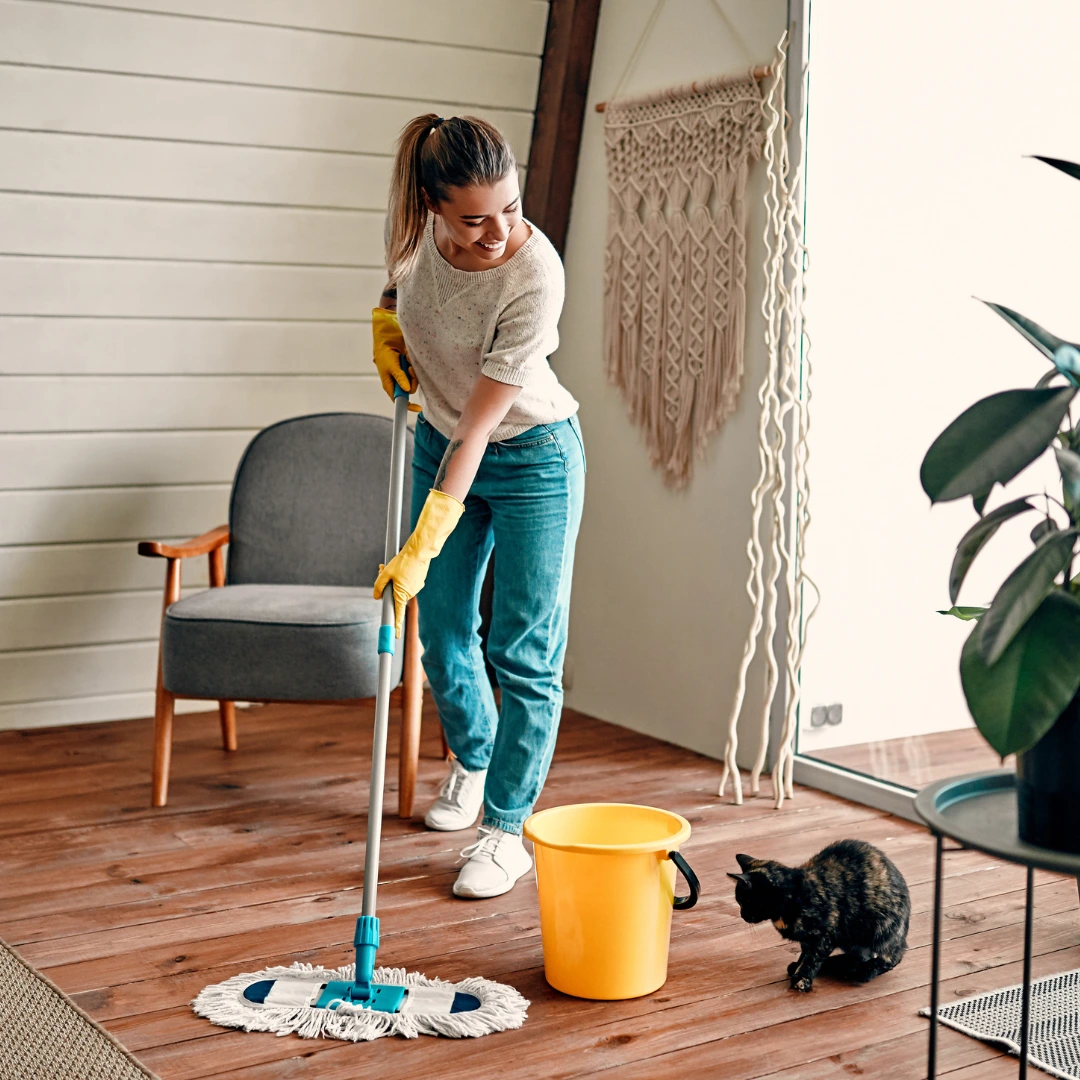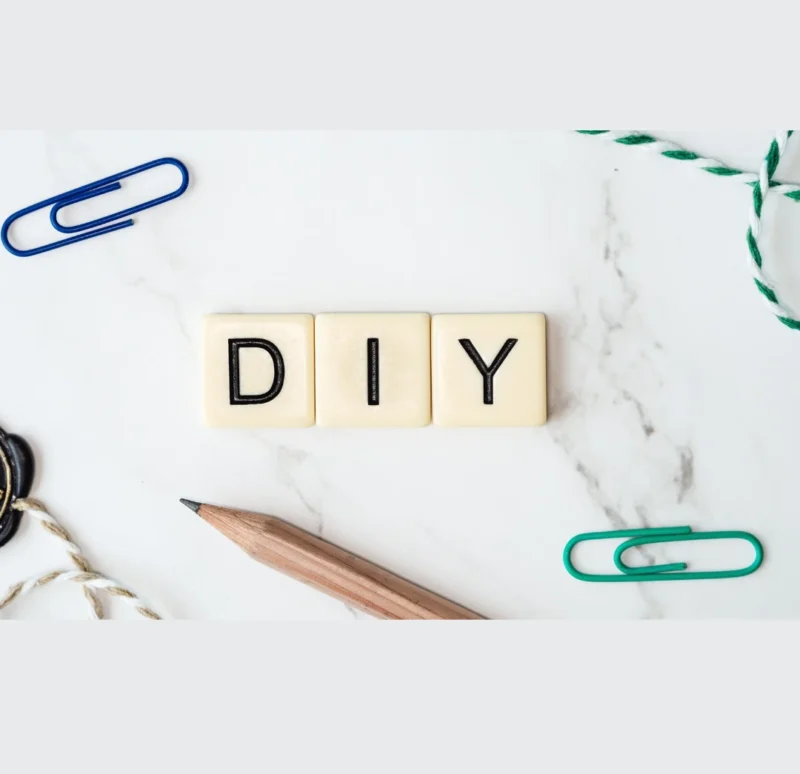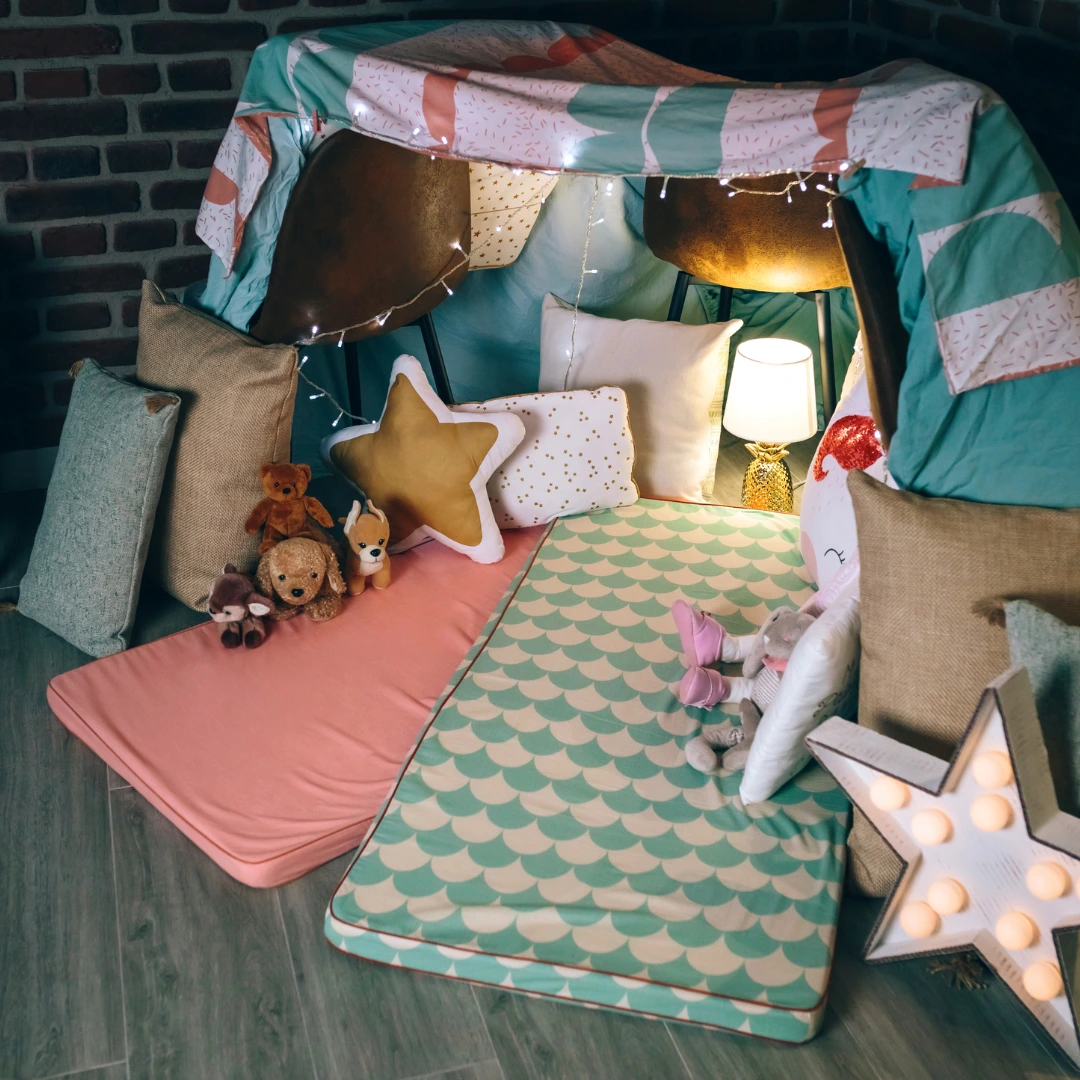How to Prevent Pipes from Freezing: DIY Guide Updated 2025
- by Parul Yadav
- August 6, 2025
- 0
- 243
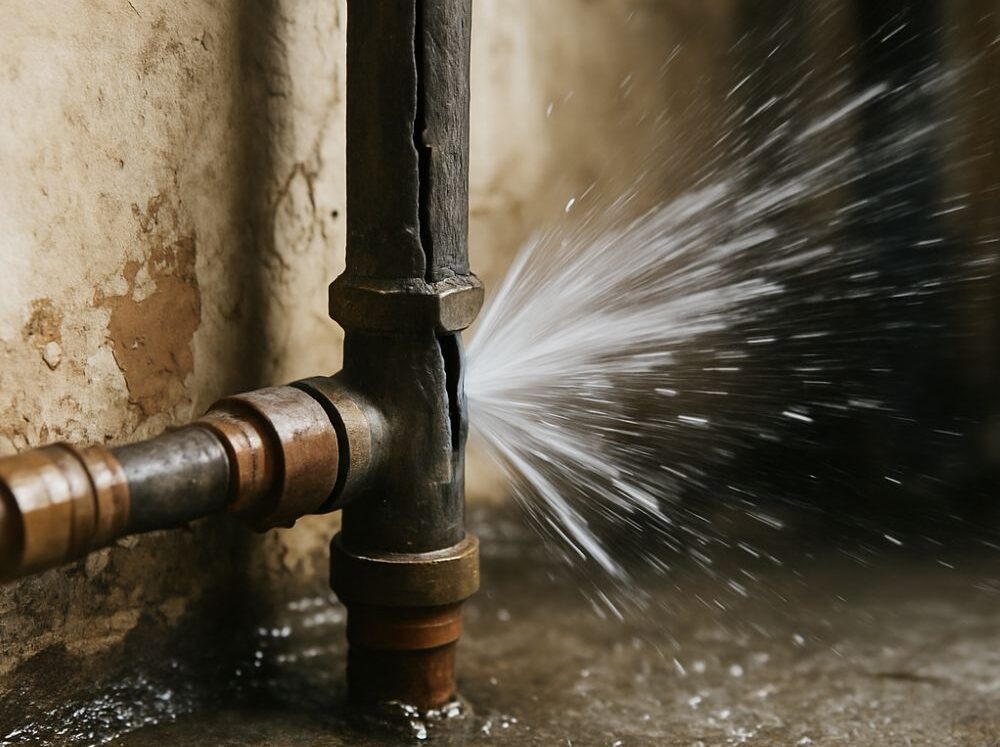
When I first dealt with frozen pipes in my home, I realized how much damage a simple drop in temperature could cause. From burst plumbing to thousands in repairs, it’s no joke. This guide is packed with hands-on advice, expert-backed tips, and step-by-step instructions that I’ve used myself or personally recommend to help you. Let’s understand how to prevent pipes from freezing and protect your home this winter.
Why Pipe Freezing Is a Problem
Water expands when it freezes, and when that happens inside a pipe, it puts immense pressure on even the toughest plumbing materials. Here’s why that matters:
- Pipes in unheated areas such as basements, crawl spaces, and garages are more prone to freezing due to constant exposure to low temperatures during harsh winter months.
- Pipes in exterior walls or under sinks may not be insulated properly, leaving them exposed to cold drafts and sudden temperature drops during cold snaps.
- When water inside these pipes freezes, it can cause cracks, bursts, and costly water damage to walls, ceilings, floors, and personal belongings within hours.
What Temperature Do Pipes Freeze At?
What temp do pipes freeze? You might think it has to be below zero for pipes to freeze, but nope. Here’s the science:
- Pipes typically start freezing at around 20°F (-6°C), though freezing can still occur at higher temperatures if pipes are poorly insulated or in direct contact with outside air.
- The risk increases significantly when temperatures dip below freezing for several hours or days without any water movement or a heating system functioning properly in your home.
- Indoor plumbing can freeze even when it’s 32°F outside if the pipes run through cold crawl spaces or uninsulated areas where warmth doesn’t reach.
Step-by-Step: How to Prevent Pipes From Freezing
I’ve found the best strategy for how to prevent pipes from freezing, and these prevention methods work best when consistently applied throughout winter:
1. Keep Garage Doors Closed
Especially if water supply lines run through your garage, keeping it shut maintains a warmer temperature inside and prevents freezing drafts from reaching exposed pipes and plumbing fixtures.
2. Open Kitchen and Bathroom Cabinet Doors
Allow warm air to circulate around plumbing under sinks, especially those on exterior walls where insulation may be poor or non-existent during freezing weather conditions.
3. Let Faucets Drip
Allowing a slow trickle of water through vulnerable faucets keeps water moving, which helps prevent the formation of ice plugs and reduces pressure buildup in the pipes.
4. Set Thermostat Consistently
Keeping your thermostat at the same temperature day and night may increase your heating bill, but it’s far cheaper than fixing an emergency burst pipe.
5. Leave Heat On When Away
If you’re going on vacation or leaving home for a few days, set the thermostat to at least 55°F to maintain a minimum safe indoor temperature throughout the home.
6. Insulate Pipes in Cold Areas
Use pipe sleeves, heat tape, or foam insulation to wrap pipes in crawl spaces, garages, attics, or under kitchen cabinets where winter temperatures tend to dip significantly.
7. Seal Cracks and Openings
Seal gaps around windows, doors, and sill plates to keep cold air from seeping into areas with plumbing. This simple step can drastically reduce freezing risks inside walls.
8. Add Home Insulation
Insulate attics, crawl spaces, and basements to help retain warmth inside the home and create a thermal barrier that reduces heat loss and pipe freezing potential.
Did you know?
Source: Just 1/8 inch of a crack in a pipe can release up to 250 gallons of water a day, causing massive water damage before you even notice the problem.
How to Thaw Frozen Pipes (Safely!)
If you turn on a faucet and get only a trickle, don’t panic. Here’s how I handle frozen pipes before they burst:
1. Turn on the Faucet
Open the faucet connected to the frozen pipe. Running water will help melt ice and reduce pressure, which lowers the chance of a pipe burst once thawed.
2. Locate the Frozen Section
Check uninsulated sections of your home, like basements, attics, or where pipes enter your house from the foundation, for frost, bulging, or ice accumulation.
3. Apply Heat to the Pipe
Use an electric heating pad, hair dryer, or portable space heater. Avoid open flames, as they pose fire and carbon monoxide risks inside enclosed areas.
4. Keep Heating Until Water Flows Normally
Continue applying heat until full water pressure is restored. Check nearby pipes too, as frozen areas often affect more than one pipe in cold conditions.
5. Call a Plumber If Needed
If you can’t access the frozen area or it doesn’t thaw after a reasonable effort, call a licensed plumber to avoid pipe ruptures and serious water damage.
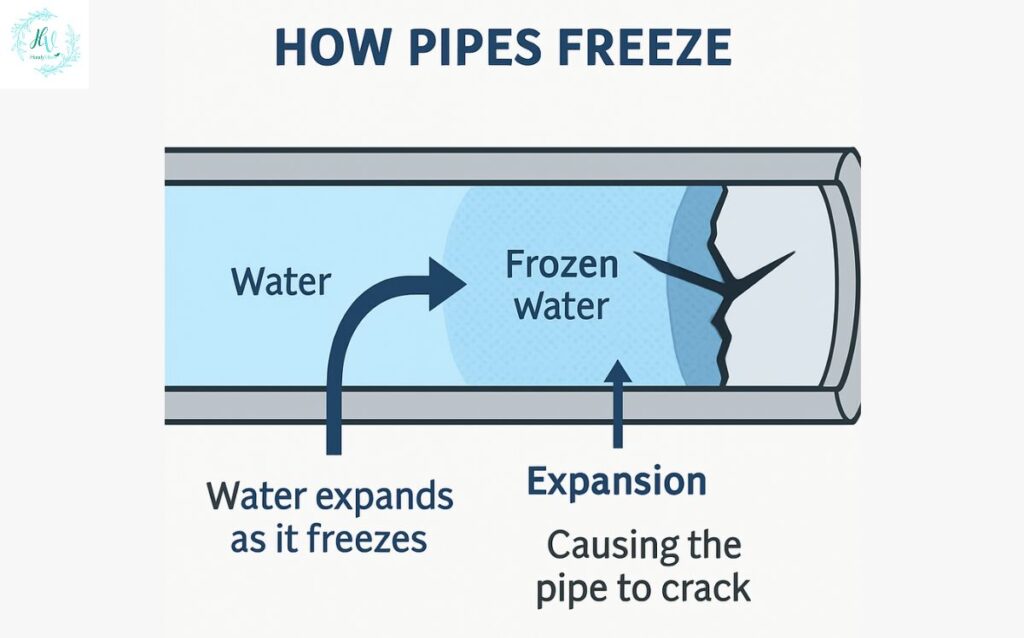
How to Prevent Pipes From Freezing for Different Types of Homes
Each home has unique vulnerabilities, and I’ve lived in multiple types, so here are strategies for how to prevent pipes from freezing for different homes:
1. Old Homes With Additions
Additions often have poor insulation or odd foundations, making plumbing lines inside them more susceptible to freezing. Reinforce insulation and consider rerouting exposed pipes for protection.
2. Vacation Homes
Since no one’s around to monitor temperature or drips, always winterize these homes before leaving: drain water lines, shut off the main, and leave the heat on at 55°F.
3. Mobile/Manufactured Homes
These structures have shallow foundations and rely on skirting, which makes pipes especially vulnerable. Insulate skirting and wrap all exposed plumbing with heat tape or insulation.
4. Cabins or Rural Properties
Often off-grid and reliant on well systems. Use battery-operated temperature alarms, solar heat cables, and ensure your well pump is adequately protected from extreme cold exposure.
Did you know?
Source: Heat tape and pipe insulation don’t just protect pipes from freezing—they can actually raise pipe temperature by up to 10–15°F, enough to prevent ice formation in most cases.
Frost-Free Spigot Installation (DIY)
Installing a frost-free spigot is a fantastic upgrade for preventing exterior pipe bursts. Here’s a simplified version of how I did it:
- Turn off the water supply to the outdoor spigot and drain any remaining water to avoid unexpected flooding or water spray when removing the old fixture.
- Unscrew and remove the old spigot carefully using pipe wrenches or pliers, making sure not to damage connecting copper or PEX pipes in the wall cavity.
- Install a frost-free spigot at a slight downward angle to allow drainage, following manufacturer guidelines, and use Teflon tape for a tight, leak-free connection.
- Secure the new spigot to the wall, turn on the water supply, and test the faucet for proper flow, drainage, and any signs of leakage around the fittings.
What to Do If Pipes Freeze and Burst
You might do everything right, and a pipe could still burst. Here’s my emergency plan:
- Shut off the main water supply immediately to stop water flow and reduce flooding. Know where the valve is ahead of time so you’re not scrambling in a panic.
- Turn off electricity in the affected area if water is near outlets or wiring to prevent electrical shock. Always prioritize your safety over saving materials or household items.
- Open all faucets to drain remaining water and relieve pressure inside the plumbing system. This minimizes further leakage and helps prep for repair or drying out water damage.
- Clean up standing water quickly with towels, wet vacs, and fans to reduce the chance of mold or structural damage from prolonged moisture exposure in your home.
- Contact a plumber for repairs and file an insurance claim with detailed photos, dates, and receipts. Burst pipes can be covered if handled quickly and responsibly.
FAQs: How to Prevent Pipes from Freezing
Q: How to unfreeze pipes?
Turn on the faucet, locate the freeze point, and apply safe heat using a dryer or heating pad. Keep applying heat until water pressure is fully restored.
Q: At what temperature do pipes freeze?
Pipe freezing risk begins around 20°F but can occur as high as 32°F if pipes are uninsulated or in unheated areas. Always be cautious in freezing conditions.
Q: How to keep pipes from freezing overnight?
Let faucets drip, keep cabinets open, and ensure the thermostat stays above 55°F. Insulating vulnerable pipes also goes a long way in cold night protection.
Q: Can frozen pipes thaw on their own?
Yes, but it can take hours or days depending on the outside temperature. Thawing pipes slowly and safely using proper methods is recommended to avoid damage or bursts.
Q: Is it safe to use a space heater to thaw pipes?
Yes, but place it safely away from flammable items and never leave it unattended. Portable heaters are effective when used correctly for thawing small frozen sections.
Conclusion: How to Prevent Pipes from Freezing
Preventing frozen pipes doesn’t take magic, just preparation. I’ve learned that small habits like dripping faucets and wrapping pipes make a big difference. Start winterizing before the cold hits, and you’ll avoid costly repairs and cold-weather stress. Ready to protect your home? Start now, and stay warm this winter!

